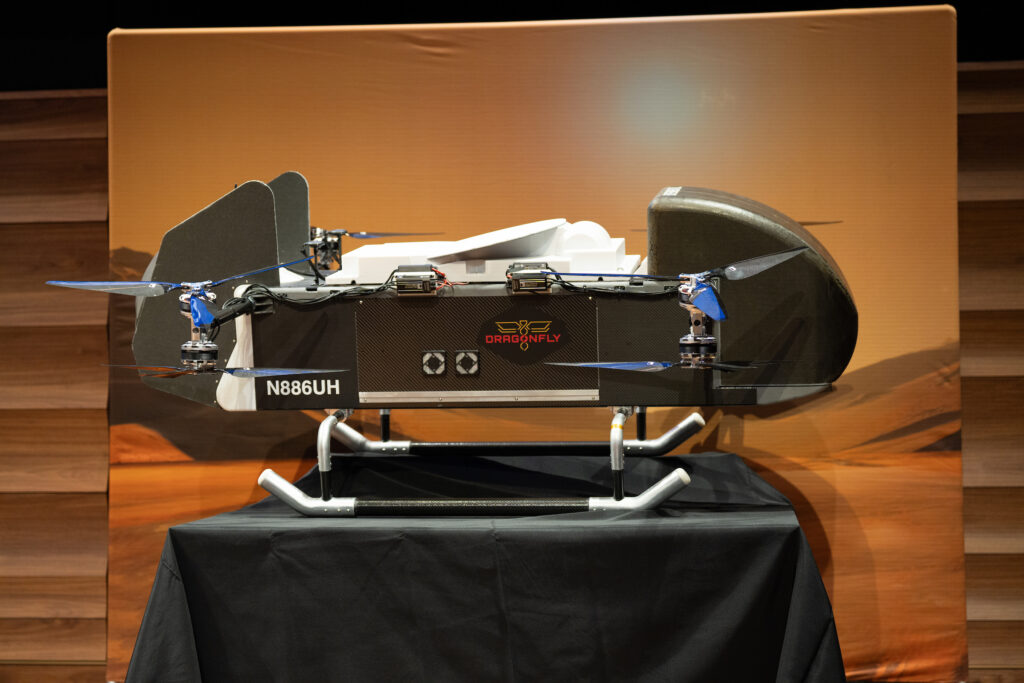Bill Nye, space leaders on why we must continue funding space exploration
Potential budget cuts threaten groundbreaking advancements in space science that shape our future and inspire generations. But lawmakers and space leaders remain hopeful.
Key Takeaways
- The new U.S. administration’s proposed budget cuts could severely impact NASA and technological advancements in space.
- But supporters argue that NASA’s research drives critical scientific breakthroughs that can be applied beyond space and across industries.
Reports indicate the Trump administration could cut NASA’s overall budget by 25% and the space agency’s science program budget by 50%.
These cuts would “ultimately potentially damage what is one of the most notable pursuits of humankind: the exploration of space,” according to Rep. George Whitesides, a Democrat from California and former NASA chief of staff.
Whitesides’ comments came at a recent live taping of Planetary Radio, a weekly podcast from the Planetary Society, at the Johns Hopkins University Bloomberg Center, featuring other lawmakers and experts in space science. The Planetary Society, founded in 1980 by Carl Sagan, Louis Friedman, and Bruce Murray, advocates for space exploration.
“The reason the Planetary Society was formed was that these guys felt that enthusiasm for planetary exploration was very high among the public, but government support of it was not,” said Bill Nye, the organization’s current CEO and longtime host of popular science education TV show, “Bill Nye the Science Guy,” at the event. “It’s a problem once again, more than ever.”
The significance of recent space science
The podcast guests stressed the importance of exploration, noting that the breakthroughs in planetary science and technological innovations have expanded our knowledge in once unimaginable ways. Nancy Chabot, a planetary scientist and chief scientist of space exploration at the Johns Hopkins Applied Physics Laboratory (APL), shared her experiences working on projects such as NASA’s MESSENGER mission, which was the first spacecraft to orbit Mercury in 2011.
“I think this is what’s interesting about space science—nothing exists in isolation,” Chabot said. “Science and technology for space is not really separate from science and technology for other uses. As all of this grows, you can apply it to a whole variety of different things.”
Chabot also worked on NASA’s Double Asteroid Redirection Test (DART) mission, which launched a spacecraft into an asteroid to adjust its speed and path. Chabot explained that asteroids are a “cosmic inevitability,” which prompted this mission. They have hit the Earth in the past, and they will hit the Earth in the future, so scientists are testing possible solutions. DART garnered worldwide attention, with more than a million people watching the collision in real-time in 2022.
“Science and technology for space is not really separate from science and technology for other uses. As all of this grows, you can apply it to a whole variety of different things.”
— Nancy Chabot, planetary scientist and chief scientist of space exploration at the Johns Hopkins Applied Physics Laboratory (APL)
Now APL is gearing up to lead NASA’s Dragonfly mission in another first for space exploration. Launching in 2028, the mission will send a car-sized, nuclear-powered octocopter, built and operated by APL, to examine areas of the Saturn moon Titan, exploring its organic-rich dunes and collecting results to advance our understanding of life in the universe.

Despite potential budget cuts, space can be bipartisan
Although many in the space community are concerned about potential budget cuts, Whitesides and Rep. Judy Chu, D-Calif., who have both spent much of their careers advocating for scientific research, emphasized that space exploration remains a bipartisan issue for many lawmakers.
“We are in such a crisis right now,” Whitesides said. “We’ve got to protect those things, all of those things are under attack right now, and my hope is that I can use the position that we’ve got as vice ranking [member] of [the Science, Space, and Technology Committee] and Armed Services [Committee] to fight back and push back against the wave of anti-science and anti-discovery and [anti-]innovation that we see coming.”
Chu, who is also the co-chair of the Planetary Science Caucus, pointed out that space exploration is responsible for the development of smartphone cameras, freeze-dried food, and scratch-resistant glasses. But perhaps most importantly, she said, space exploration is inspiring future generations of scientists.
“Young kids are glued to the screen as they see launches taking place, and it generates so much excitement in STEM, science, and space,” Chu explained. “It is instrumental in getting our next generation of scientists.”
And it’s not just kids that can get excited. Speaking from experience, Chu said it is also important to invite members of Congress to events where they can see the power of exploring the cosmos.
Antonio Peronace, executive director of Space for Humanity, echoed her sentiments.
“What I can absolutely say with certainty is that every person you encounter, whether it’s a member of Congress, someone in the audience, everyone in between, an A-list celebrity—we’re all people who feel things,” he said. “And at some point, every one of us has walked outside and looked up at the night sky with wonderment, and we can utilize that nugget of wonderment to inspire generations to come.”